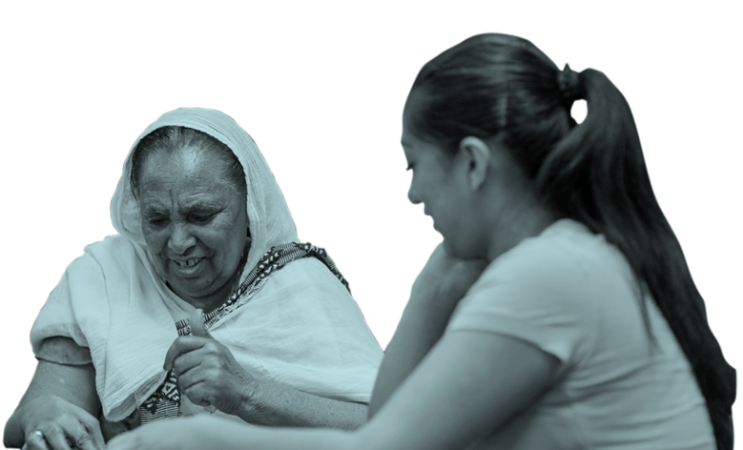Recognize and Redress Bias in the System
The previous installment of our series about culturally responsive teaching covered strategies for reflecting on one’s cultural lens. As we continue to explore each of the eight competencies of culturally responsive teaching outlined in New America’s culturally responsive teaching reflection guide, we’ll next look at Recognizing and Redressing Bias in the System. This is important because educators are part of educational institutions that have features that are institutionally biased, and they have the ability and the duty to change those biased features from within.
Educators who recognize and redress bias in the system may do some of the following:
- Differentiate between bias in personal interactions (repeatedly misgendering a learner whose pronouns are they/them, making no effort to pronounce learners’ names correctly) and institutional bias (schoolwide, Asian learners are passed up to the next level more often and more quickly than East African learners; few or no classes exist for native English-speaking, low literacy learners)
- Understand that learners’ identity markers like race, socioeconomic status and country of origin are linked to the educational opportunities they have. For example, compare funding available to public colleges and universities, where learners are statistically more affluent, white and US-born, to funding for adult basic education (ABE) programs.
- Seek out professional development opportunities to understand further how bias in the system privileges some learners and disadvantages others.
- Work to fix the inequalities in their school, district and broader educational system. For example, they may advocate for more ABE funding at the state level through Literacy Action Network (LAN) or #IamABE’s annual Day on the Hill.
Educators who do not engage in these practices run the risk of blaming learners for lack of progress and achievement when the problem lies within the educational system.
Along with the actions above, educators who recognize and redress bias in the system engage with some of the following questions through journaling and discussions with colleagues:
- Can I describe the differences between personal and institutional bias?
- How can I get the knowledge and skills to sort student assessment data by identifiers such as race, gender, country of origin and socioeconomic status so that I can be aware of disparities in the system I work in?
- How does my classroom, learning center, district or consortium maintain and reinforce barriers to student achievement?
- Am I working to disrupt systems that perpetuate disparities or am I allowing them to carry on with ease?
- What are my short- and long-term goals for recognizing and redressing bias in my classroom, school, district and consortium?
Additional resources
National School Board Association’s Dismantling Institutional Racism in Education website
Center for Racial Justice in Education’s Reading List
For questions or comments about this tutor tip, contact Tutor Training Coordinator, Meghan Boyle at [email protected].
References
Muniz, J. (2021). Culturally Responsive Teaching: A Reflection Guide. Washington DC; New America.
Photo by Edmond Dantès: https://www.pexels.com/photo/a-woman-in-gray-coat-holding-white-megaphone-7103003/


